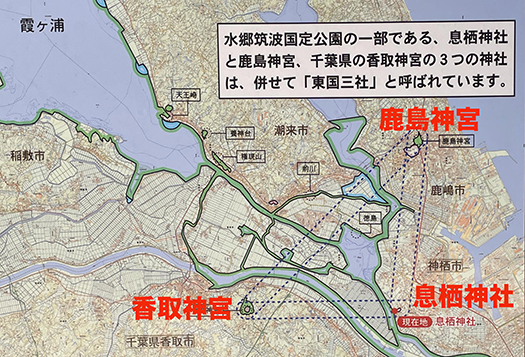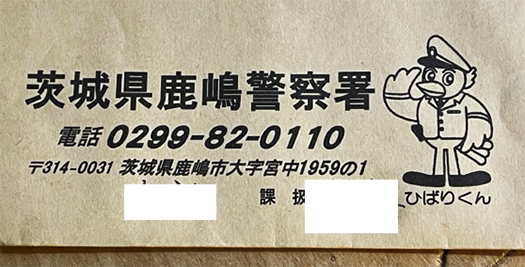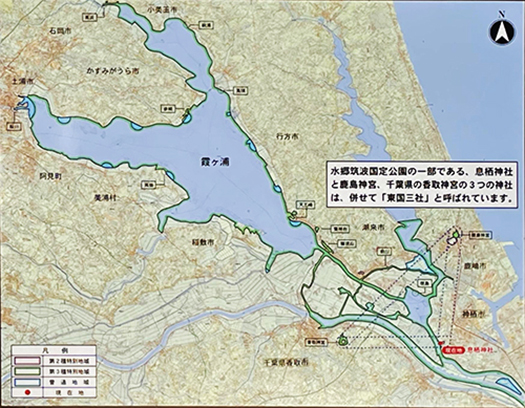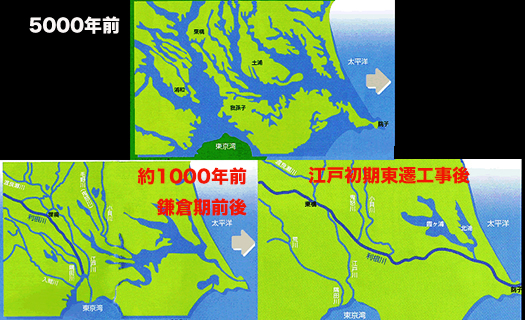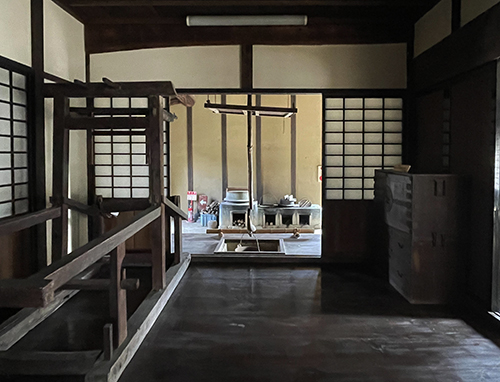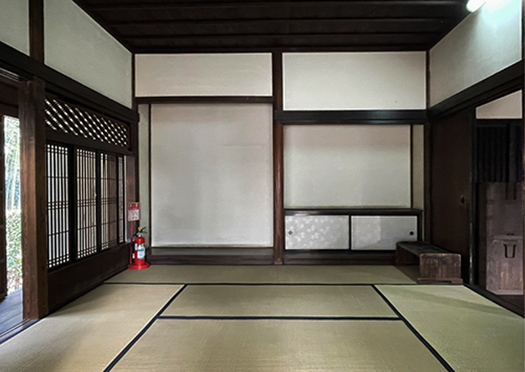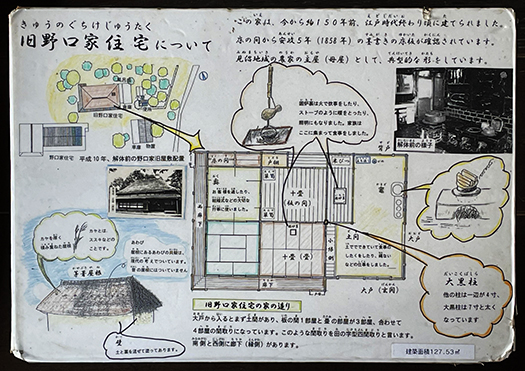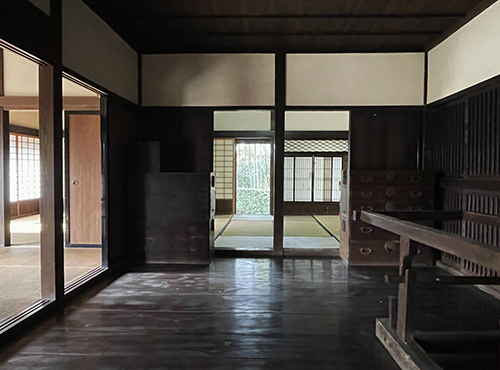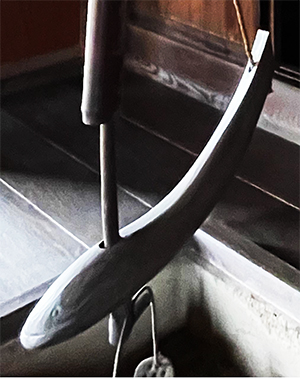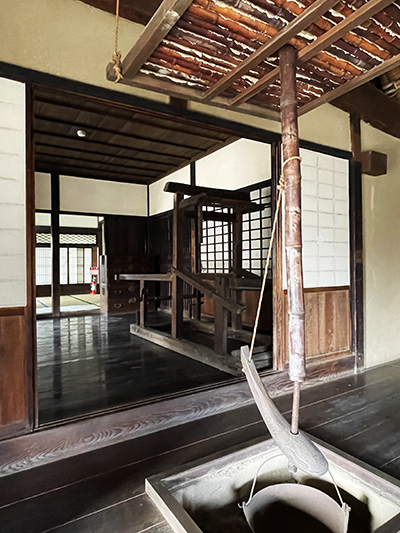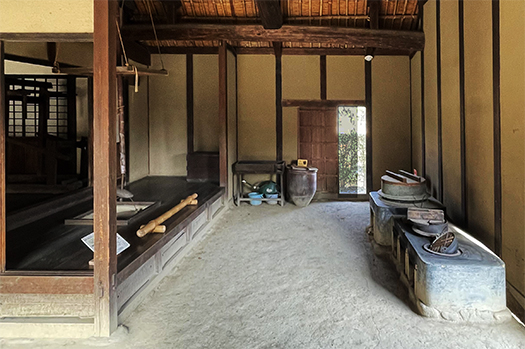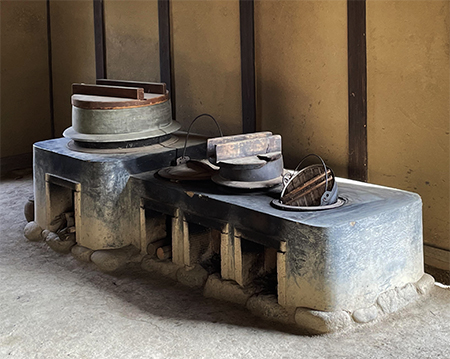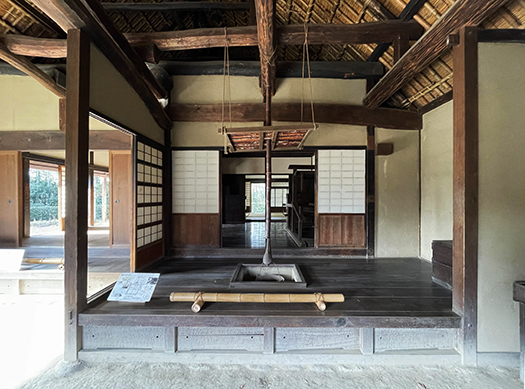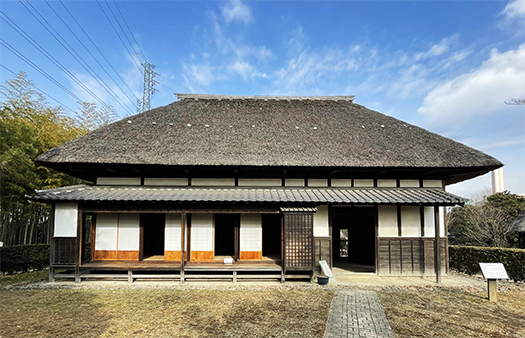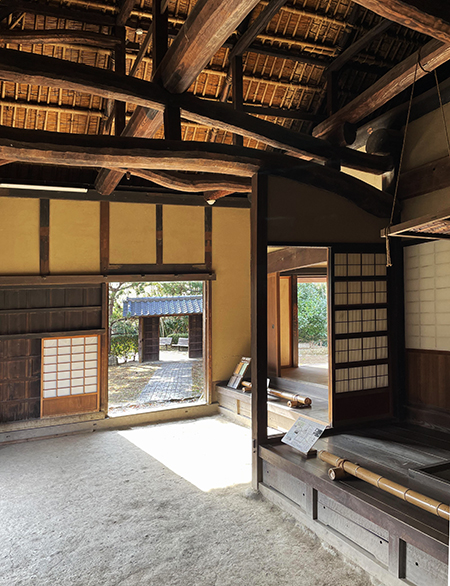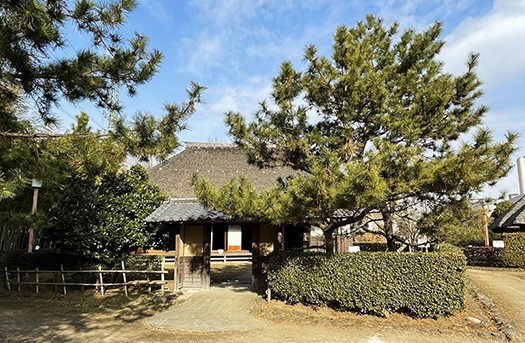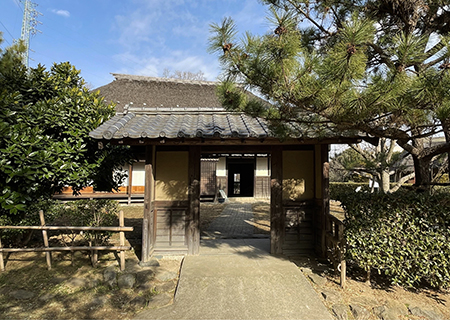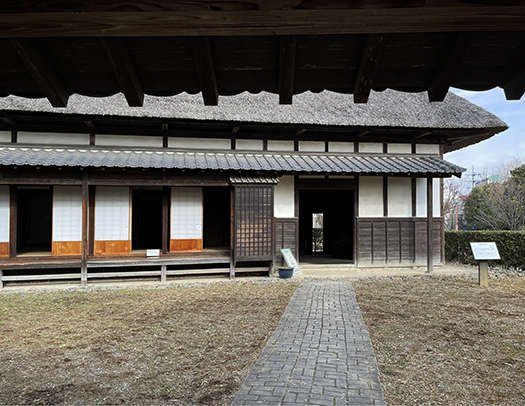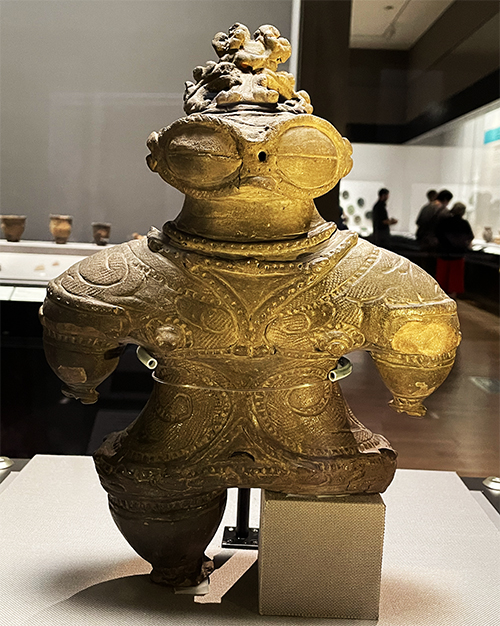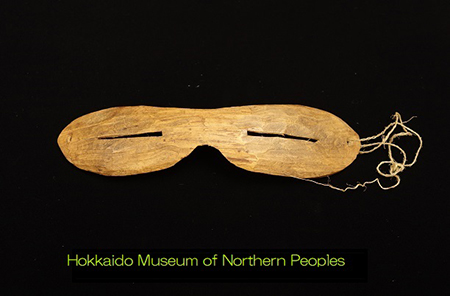
写真は鹿島神宮の「シカ園」のシカ君であります。紀元前の時代に起源を持つとされる伝承説話の類がロマンチックに残っているのが日本列島社会。もちろん真偽は定かではないけれどこの鹿島神宮でも、シカとの逸話が語られている。面白いのは、奈良のシカ君たちは奈良の都の創始のころにこの鹿嶋からはるばると旅をしながら奈良に移住してきたとされること。旅路のあちこちに逸話が残っているので、あながち荒唐無稽な作り話とは思われない。
一方古代ローマでは建国神話で建国者・ロムルスとレムス(ローマの建国神話に登場する双子の兄弟)が捨てられていたのをオオカミが救って育てたという伝説がある。 ローマ市は紀元前753年4月21日にこの双子の兄弟によって建設されたと伝えられている。こういう古代説話にはなにかの縁起がそこに隠されていると思われるので、わたしはわりと好きであります。
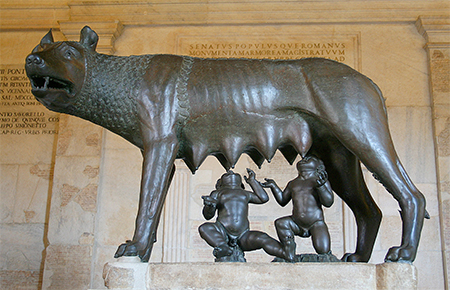
おっと、現代社会のSUICAカード紛失事件であります(笑)。鹿嶋の地元警察の方から落とし物のお知らせがあったので、ありがたく配送をお願いしたところ、手続きの書類が送られてきてそれを返送したら現物のSUICAカードがわたしの元に「配送料着払い」形式で送付されてきた。
こういう感謝すべき事態でありその多くの善意には正面から向き合いたいということで、千葉県在住の高校時代からの友人にお願いしたら、こころよく承諾してくれた。ということで必要経費を振り込んだ上で、このSUICAカードと関連する書類などの一式を、一昨日8/2に速達で送付。再発行されてゲット予定のSUICAカードの返送用封筒類も同封した。
折り返し昨日8/3夜には速達便の到着の知らせを友人から受け取りました。本日8/4には「みどりの窓口」に向かってくれるという展開。
この間の手間ひま、かかる経費なども考えたらどうも損得的には不明ではありそもそも端緒はわたしの不注意がすべての原因ではありますが(笑)、しかし数多くの善意が集積していることがあきらかなので、そういう損得勘定を超え、正しく対処すべき価値があると思う次第。
鹿嶋警察から寄せられた封筒現物などはすでにわが家の神棚に鎮座されている(笑)。
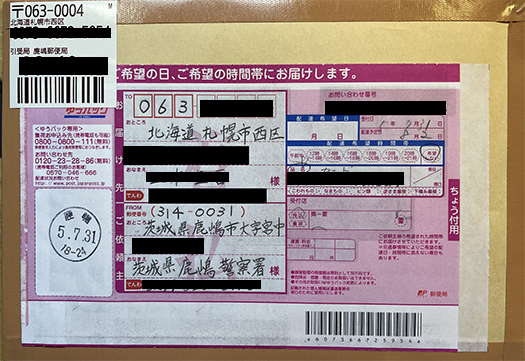
で、一方のJRのSUICAカード対応の不思議さについては、まだまだよくわからない状態。どうも最初期電子デバイスということで、読み取りの改札機なども含めたシステム設計からSUICAカード再発行の条件として「使用可能なカードが同時に2枚存在しないこと」があるとのこと。(家族がいろいろ調べてくれた成果)
だからどうしても翌日以降になってしまうということが有力だとか。SUICAのシステム的な都合で、カード無効の情報更新が翌日未明にされる。つまりその場で無効手続きしても、そのカードは翌日までは利用不可にならないのだとか。・・・説明するのも面倒なことなので意味不明対応だったのか?
しかしそれはそれとして、そういう電子システムも人間社会の一断面であり、より良くしていけるのは結局は人間同士のコミュニケーションだろうと思います。
鹿島神宮の神恩で、そういうことに気付けただけでも素晴らしいのではないかと思っています。
English version⬇
A Thankful Divine Benefit? The Case of the Lost SUICA at Kashima Jingu Shrine-2
Nippon is a country where electronic devices and human social culture from the age of the gods are fused together. What can make it better is communication between human beings. …….
The photo shows a deer in the “deer garden” of the Kashima Jingu Shrine. The Japanese archipelago is a society in which there remain romantic folklore and legends that are said to have originated in the pre-Christian era. An anecdote about a deer is also told at the Kashima Jingu Shrine, though of course the authenticity of the story is not certain. It is interesting to note that the deer of Nara are said to have migrated to Nara from Kashima, traveling a long way from here at the time of the founding of the Nara capital. Since anecdotes remain here and there along the journey, it does not seem to be a wild fiction.
On the other hand, in ancient Rome, there is a legend that the founders, Romulus and Remus (twin brothers in the founding myth of Rome), were abandoned and a wolf saved them and raised them. The city of Rome was founded by the twins on April 21, 753 BC. I rather like these ancient tales because I believe that there is some kind of good luck hidden in them.
Oops, it’s the case of a lost SUICA card in today’s society (laughs). The local police in Kashima informed me that I had lost something, and I gratefully asked them to deliver it to me.
I was so grateful that I asked a friend of mine from high school who lives in Chiba prefecture to help me out, and he kindly agreed to do so. So, after transferring the necessary expenses, I sent the SUICA card and a set of related documents by express mail on August 2, the day before yesterday. I also enclosed envelopes for returning the SUICA card that was to be reissued and obtained.
In return, yesterday evening, 8/3, I received a notification from my friend that the express mail had arrived. Today, 8/4, he will be heading for the “Midori-no madoguchi” (window of Midori-no madoguchi).
Considering the time, effort, and expense involved, I am not sure if it is profitable or not, and it all started with my carelessness (laugh), but it is clear that a lot of good intentions have been accumulated, so I think it is worthwhile to go beyond such profit-and-loss considerations and deal with the situation properly.
The actual envelope from the Kashima Police Department is already sitting on the altar in my home (laugh).
So, on the other hand, we are still not quite sure about the mysteriousness of JR’s SUICA card support. Apparently, as it was the first electronic device, there is a condition that “no two usable cards must exist at the same time” in order to reissue SUICA cards from the system design, including the ticket checker that reads the card. (My family did a lot of research on this.)
Due to SUICA’s systemic reasons, the card invalidation information is updated before dawn of the next day. In other words, even if the card is deactivated on the spot, the card will not be disabled until the next day. … Was it a meaningless response because it was too much trouble to explain?
But be that as it may, such electronic systems are also a part of human society, and what can make it better would be communication among human beings after all.
I think it is wonderful that we were able to realize such a thing at the Kashima Jingu Shrine’s Jingon.
Posted on 8月 4th, 2023 by 三木 奎吾
Filed under: 日本社会・文化研究 | No Comments »



